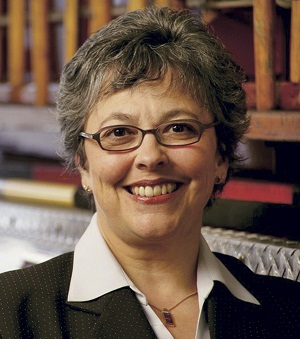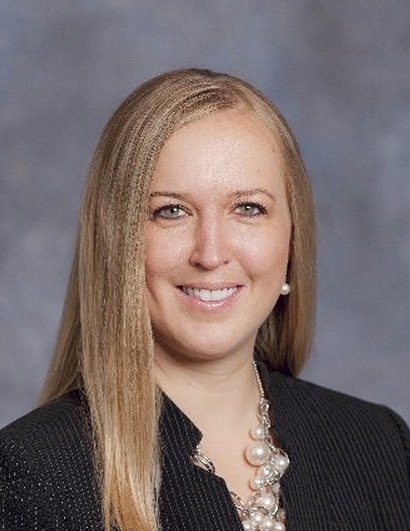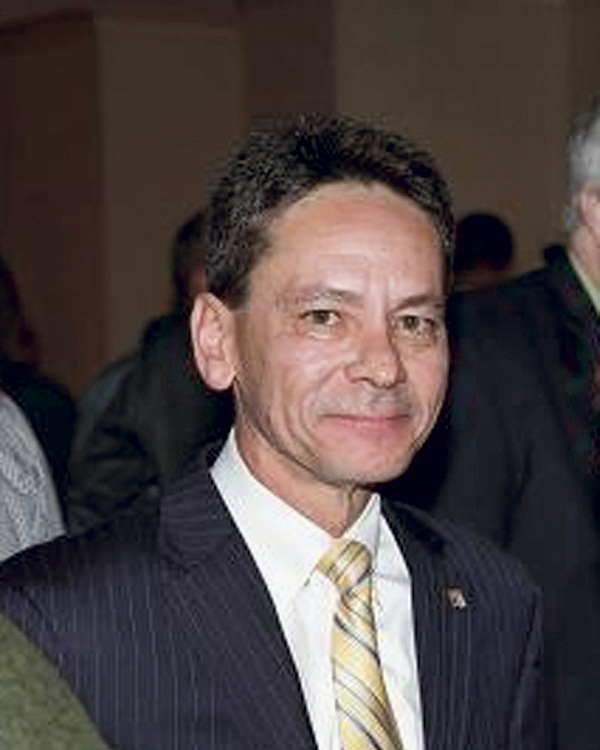At any credit union, the role of the chief financial officer isa tough one. He or she must create a roadmap to financial successby setting the right pricing strategy, effectively managing creditrisk and streamlining operational costs. But in California, wherehigh unemployment, an unsteady housing market and loan lossesbecame a standard over the past few years, developing a strategyfor the long-term growth of a credit union has been especiallyhard.
|The California credit union chief financial officer's jobcontinues to be a difficult one in 2012, said Diana Dykstra, president/CEO for the Californiaand Nevada Credit Union Leagues. At the end of 2011, credit unions in California saw increasesin net income, membership and net worth ratios but suffered fromloan portfolio challenges. Dykstrasaid, those trends are continuing, with evidence of growth inassets and shares coupled with contracting loan portfolios.
president/CEO for the Californiaand Nevada Credit Union Leagues. At the end of 2011, credit unions in California saw increasesin net income, membership and net worth ratios but suffered fromloan portfolio challenges. Dykstrasaid, those trends are continuing, with evidence of growth inassets and shares coupled with contracting loan portfolios.
Financial officers in the state have faced the challenge ofworking in a low interest rate environment alongside a housingmarket that's “squishy,” Dykstra said. Their key difficulties haveincluded determining which loans they should hang onto and what todo with excess liquidity in an industry where investmentopportunities are limited. Additionally, California credit unionshaven't enjoyed the luxury of credit card and auto loan upticks,which credit unions in a number of other states have seen.
|“CFOs have to be aware of where the rates are going,” Dykstrasaid. “They've learned a lot over the past four years. They've keptan eye on operating expenses, and they should continue that, butthere has to be some spending, too. They also need to look atalternative income sources.”
|When a California credit union hires a new chief financialofficer from a state that's healthier economically, the incomingexecutive must prepare new executive for a whole new set ofchallenges. For example, the $5.7 billion, San Diego-based SanDiego County Credit Union recently chose Ashlee Micale, the former chief financialofficer for Denver's $1.2 billion Public Service Credit Union, asits new chief financial officer and executive vice president.Micale said it's critical to understand local market trends andopportunities, especially in California, which has faced moreextreme economic conditions than other parts of the countryhave.
|In her new home state, Micale said she plans to zero in onoperational details at San Diego County CU, while keeping in mindthe credit union's big-picture goals of long-term financial successand strong member service.
“I plan to bring an expanded focus on internal efficiencies andeffective reporting and analysis that will bring value to theorganization,” Micale said. “I will maintain strong controls andconstantly improve operations to better position San Diego CountyCU for future growth.”
|Her primary responsibilities will include monitoring keyfinancial ratios and overseeing the operations of the creditunion's accounting, finance and credit risk analysis areas.Compared to her position in Colorado, she'll have the opportunityto contribute to the credit union on a deeper, more strategiclevel, she said.
|Entering a chief financial officer role in the Golden State is achallenge for newcomers, but even the officers who have worked atCalifornia credit unions for decades have had to make tweaks totheir job priorities in recent years. Patelco Credit Union CFOScott Waite, Credit Union Times' 2010 CFO of the Yearand who has been with the $3.7 billion  credit union for 18 years, said it's equallyimportant for California credit union financial officers to work onshaping core business as it is for them to manage credit risk.
credit union for 18 years, said it's equallyimportant for California credit union financial officers to work onshaping core business as it is for them to manage credit risk.
“It's been very challenging,” he said. “A lot of credit unionsin California suffered larger credit losses because of the economicand financial crisis of the last three years, and we've beenplacing a lot of focus on understanding what we need to do to makesure our financial performance doesn't start slippingbackward.”
|In his core business building strategy, Waite has focused on twoareas, core earnings and efficiency ratio. Patelco CU's efficiencyratio is at 52%, which means the credit union gains $1 for every$0.52 it spends on operations. The credit union has also seen a netincome of $23 million for the first five months of 2012, $10million more than its net income during the first five months of2011.
|What moves led to Patelco CU's promising status? Waite said thecredit union has taken greater fiscal responsibility sinceimplementing a new financial budgeting and reporting system. He'salso focused on being the kind of leader whose philosophies are putinto practice by the managers of the credit union's variousdepartments. He also cut operating costs by renegotiating contractsand leases at some of Patelco CU's branches.
|“It's not just about credit risk management and mitigation ofloans,” Waite said. “I've continued to look throughout theorganization. I've seen my share of California's ups and downs, andone thing I focus on is a clock with a pendulum in my office thatI've had for 25 years. It reminds me that there's an equilibrium ofbalance to attain.”
|Waite, who has been an active credit union industry leader atthe national level as chairman of the National CUNA CFO Council,co-founder of the California Credit Union League CFO Network and amember of the Advisory Council of the Financial AccountingStandards Board, suggests California credit union chief financialofficers exchange strategic ideas with other credit unionsnationally to help them broaden their perspectives and stay on topof their competition.
|But despite putting the most innovative strategies intopractice, California credit union financial officers will continueto face the challenge of having less to work with, as Dykstrapointed out.
|“We will continue to live in a very narrow margin for a longtime, and living within a narrow margin is getting harder andharder,” Dykstra said. “We're seeing good returns on assets, butwe're not seeing operational gains.”
Complete your profile to continue reading and get FREE access to CUTimes.com, part of your ALM digital membership.
Your access to unlimited CUTimes.com content isn’t changing.
Once you are an ALM digital member, you’ll receive:
- Critical CUTimes.com information including comprehensive product and service provider listings via the Marketplace Directory, CU Careers, resources from industry leaders, webcasts, and breaking news, analysis and more with our informative Newsletters.
- Exclusive discounts on ALM and CU Times events.
- Access to other award-winning ALM websites including Law.com and GlobeSt.com.
Already have an account? Sign In
© 2024 ALM Global, LLC, All Rights Reserved. Request academic re-use from www.copyright.com. All other uses, submit a request to [email protected]. For more information visit Asset & Logo Licensing.









